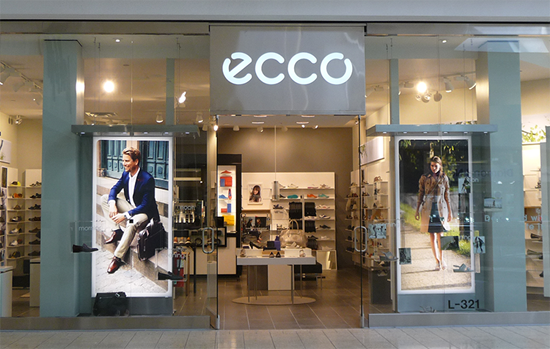5 Predictions for Customer Experience Management in 2015

By Nate Barad, Sitecore
In 2014, we heard a lot about this thing called customer experience. The challenge is that most organizations aren't doing much to change the way they operate in the face of this coming trend. In 2015, brands will need to adapt or get left behind. Here are five predictions for the state of customer experience in 2015:
1. "Customers for life" is the new motto
In 2015, exceptional customer experience will differentiate brands. Online pricing comparisons and same-day shipping have neutralized factors like cost and availability that once offered a competitive edge. In this democratized landscape, organizations need to use all the data at their disposal to create personalized, relevant experiences. Brands must be more creative, offering loyalty programs, compelling offers and predictive advertising to attract and retain customers.
Successful marketers will look beyond the interest phase and put a premium on building lifelong relationships through both online and in-person experiences. While it's easier said than done, the technology exists to accomplish this kind of personalization at scale. Experience platforms allow marketers to harness data and more easily engage customers at every stage in their life cycle.
2. A single view of the customer
An integrated view of the customer gives marketers a contextual understanding of that individual relationship within a continuous timeline of interaction, rather than snippets of partial conversations. Some companies are beginning to see the benefits of housing customer data in one place -- and these benefits will only become more apparent as customer data multiplies.
As the customer journey weaves between online and offline channels, smart organizations will take advantage of physical interactions to strengthen and unify their brand experience across all touch points. Shoe brand Ecco differentiates its brand through its in-store experience. While Ecco likely moves an increasing amount of products through Amazon and other e-distributors, the company realizes that its retail locations are both strategic and necessary. When customers are shopping for a premium shoe for business or golf they want to feel the product and speak with an expert.

3. The Internet of Everything: more than a buzzword
While the Internet of Things has been a hot topic for a while, few organizations are translating this connectivity into exceptional customer experiences. In 2015, the systems that collect the massive data output from connected devices will finally sync with customer experience management platforms. For example, we'll see smart devices in the home trigger mobile couponing and integrations between social profiles and physical advertisements.
The upcoming year will see even more connected experiences between physical stores and mobile to create a seamless customer experience. Brick-and-mortar locations will look to avoid a 'first time introduction,' and will instead learn from the information shared online to provide a relevant retail experience even from the first handshake. In-store associates will become part of this "Internet of Everything" as they adopt emerging mobile technologies, like beacons, to offer on-site offers, interactive content and contextual targeting.
4. New kids on the block: job roles for customer experience
In the coming year, more organizations will recognize that customer experience transcends marketing and customer service; it spans all departments. In this new world, certain job functions must overlap. For instance, the role of the merchandiser will increasingly resemble content marketing, offering a potential customer everything they need to know to make a purchasing decision. In the coming year, we'll also see the rise of the chief experience officer, an executive who focuses on analyzing customer behavior, building brand consistency and maintaining relationships with loyal customers.

5. Next-level analytics
Many organizations are using traditional methods to analyze their interactions with customers, measuring demographic trends rather than individual experiences. Big data allows organizations to measure the success of one-to-one interactions at scale, it shifts our use of analytics from looking for an answer to proactively offering recommendations. Big Data, leveraged properly, saves the customer experience professional from having to dig through the numbers for the answers to their questions. Instead, it suggests what to target.
As organizations capture more actionable data about their customers, they'll improve customer service by providing more relevant suggestions, contextual offers and helpful content. In addition to improving customer loyalty, advanced analytics will help marketers better plan their campaigns and communicate to other executives how those campaigns are performing.
In 2015, marketers will prioritize personalized experiences for individual customers. As they connect and collect customer data across channels, they'll use that information to inform authentic conversations. Those who do this well will manage to rebalance the art and science of marketing.
Nate Barad is the product marketing director at Sitecore. Nate has 12 years of experience in managing and marketing software products, throughout the complete lifecycle.








